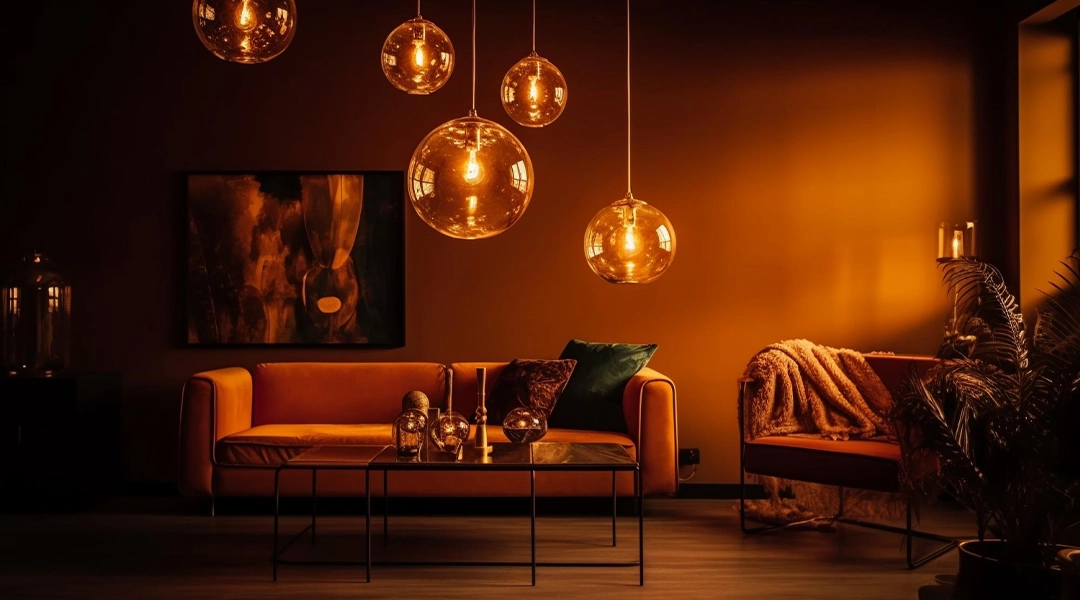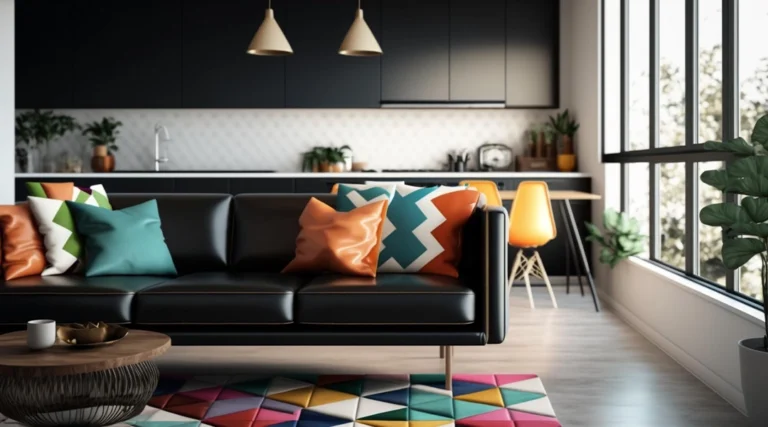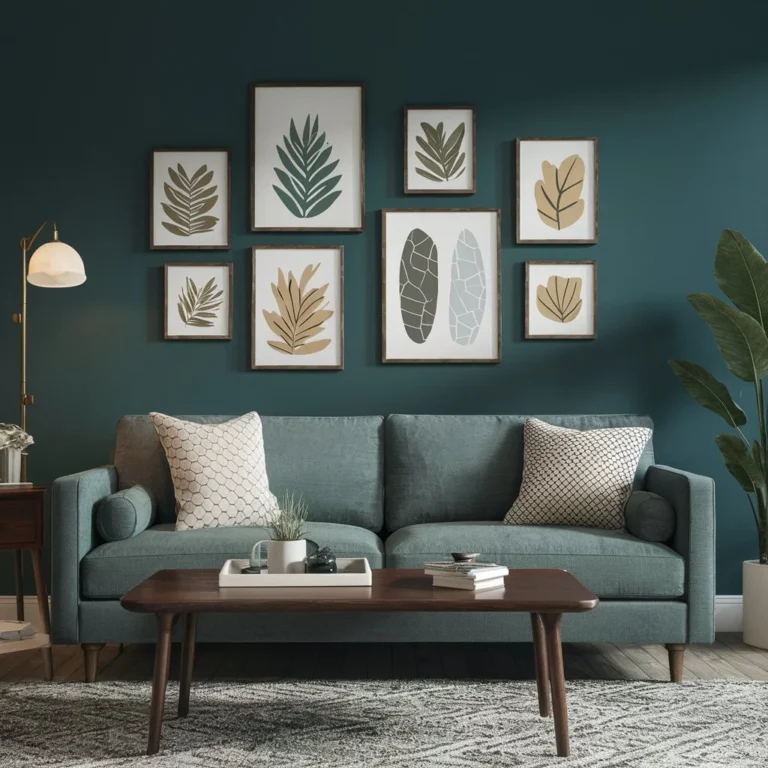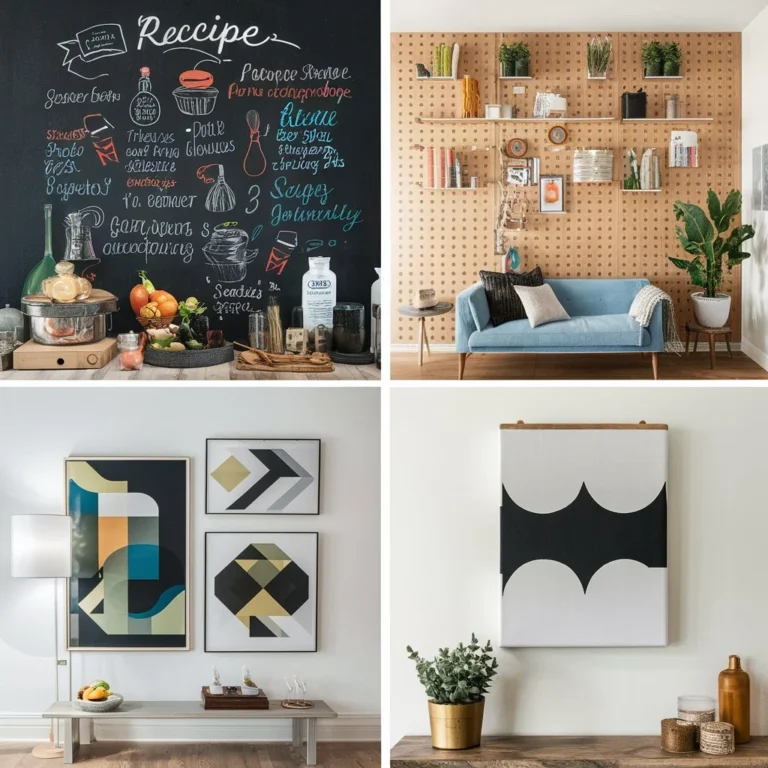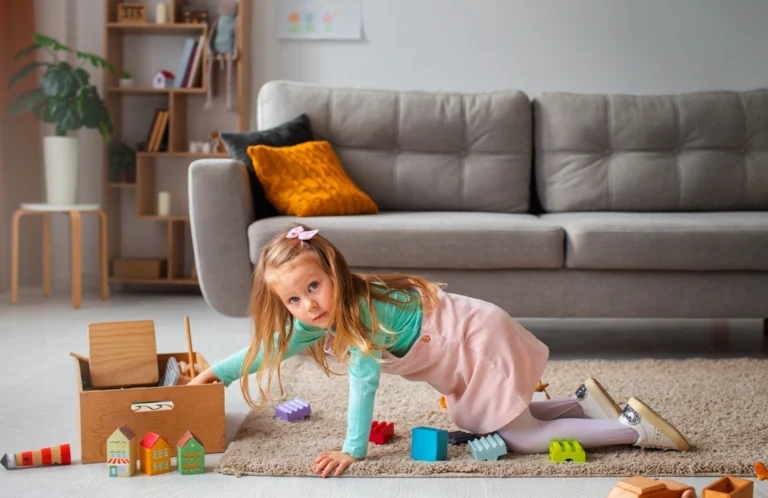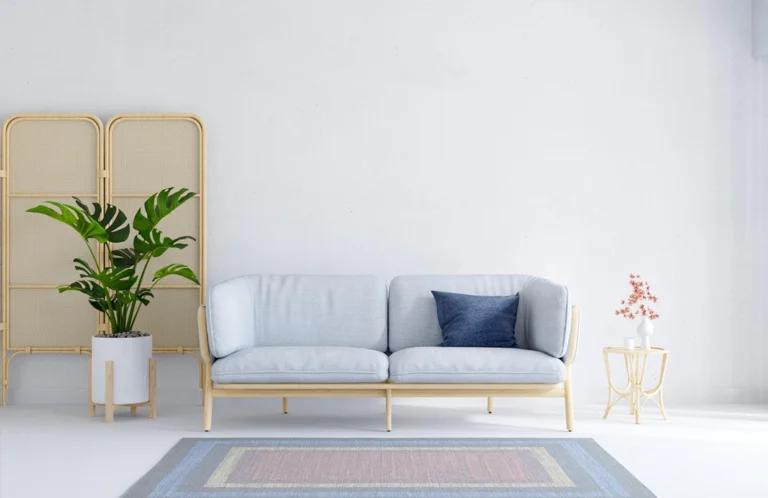How to Place Lamps in Living Room – Guide for Professionals
Lighting is an essential aspect of interior design, especially in the living room where most activities take place. Placing lamps effectively can enhance the ambiance and functionality of the space. Whether it’s creating a cozy reading nook or illuminating a conversation area, the right placement of lamps can make a significant difference in the overall feel of the room. This guide will help you with How to Place Lamps in Living Room.
We will discuss some practical tips and guidelines for expertly placing lamps in your living room to optimize both lighting and visual impact. By following these suggestions, you can create a well-lit and inviting iving space that meets your specific needs and complements your home decor.
Choosing The Right Lamp
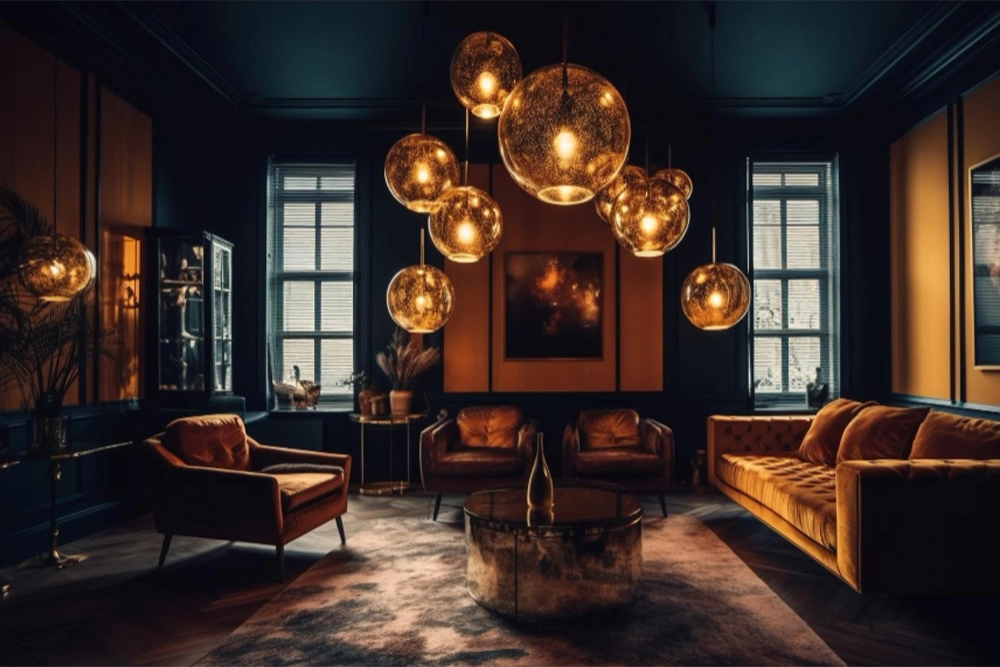
Selecting the right lamp for your living room is crucial in creating the perfect ambiance. The right lamp not only provides adequate lighting but also adds a touch of style and sophistication to your space. Below are essential factors to consider when choosing the right lamp for your living room.
Consider The Room Size
When choosing a lamp for your living room, consider the size of the room. A larger living room may require multiple light sources to adequately illuminate the space. In this case, tall floor lamps or multiple table lamps may be necessary. On the other hand, smaller living rooms may require a single, statement lamp that provides sufficient lighting without overwhelming the space.
Evaluate The Existing Decor
When selecting a lamp for your living room, take into account the existing decor. The lamp should complement the style and color scheme of the room. For instance, in a modern living room, a sleek and minimalist lamp may be the perfect choice. On the contrary, in a more traditional setting, a vintage or ornate lamp might be the ideal fit. Ensure the lamp enhances the aesthetic of the room rather than disrupts it.
Strategic Placement
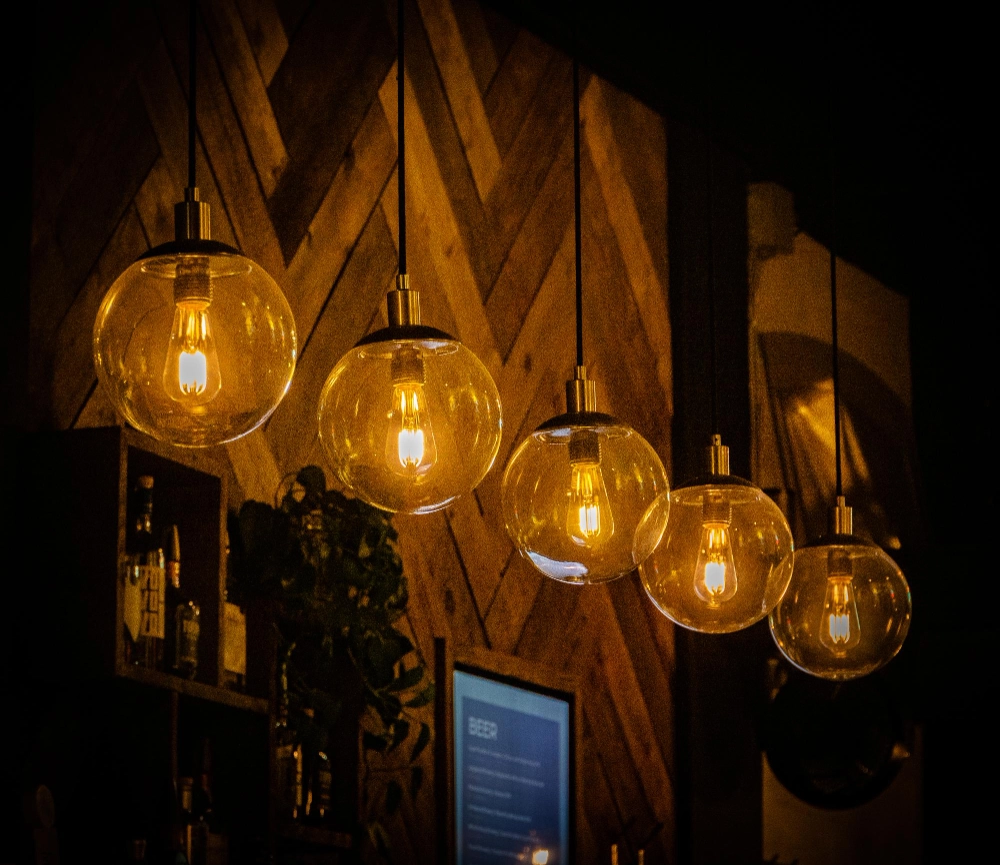
Optimizing your living room with strategic lamp placement can enhance the ambiance. Position lamps near seating areas to create a cozy atmosphere. Incorporating floor lamps or table lamps can illuminate dark corners and add depth to your space.
Creating Ambiance With Layers
By strategically placing lamps in your living room, you can create a warm and inviting ambiance. One effective way to achieve this is by using layers of lighting.
- Overhead Lighting: Start by considering the main source of light, such as a chandelier or ceiling fixture. This provides general illumination for the entire room.
- Task Lighting: Next, add lamps that are specifically designed for task lighting. These are ideal for activities such as reading, working on a laptop, or playing board games. Place these lamps near seating areas or on side tables.
- Accent Lighting: To create a cozy atmosphere, incorporate accent lighting. This can be achieved through the use of table lamps, floor lamps, or wall sconces. These types of lamps provide soft, diffused light that adds depth and character to the room.
By combining different types of lighting, you can create a layered effect that adds both functionality and style to your living room.
Highlighting Key Areas
To make your living room visually appealing, it’s important to highlight key areas using lamps. This helps draw attention to specific focal points and adds a touch of elegance to the overall design.
Consider the following placement tips:
- Highlight Artwork: If you have any artwork or photographs displayed on your walls, use wall-mounted picture lights to draw attention to these pieces. The light will not only enhance the beauty of the artwork but also create a gallery-like atmosphere.
- Illuminate Shelves and Bookcases: If you have shelves or bookcases in your living room, place small table lamps or LED strip lights on them. This will not only help showcase your book collection or decorative items but also provide additional lighting to the room.
- Focus on the Fireplace: If you have a fireplace, place lamps on adjacent mantels or side tables to create a cozy and inviting atmosphere.
- Accentuate Architectural Features: Use floor lamps or wall sconces to highlight architectural features such as columns, archways, or exposed brick walls. This adds depth and visual interest to the room.
By strategically placing lamps to highlight key areas, you can enhance the overall aesthetic appeal of your living room and make it truly stand out.
Playing With Light Bulbs
Enhance the ambiance in your living room by strategically placing lamps to create a warm and inviting atmosphere. Position lamps near seating areas to provide task lighting for reading or conversing, and use floor lamps to illuminate dark corners and create a cozy feel.
Additionally, consider using table lamps on side tables to add a decorative touch and further enhance the overall lighting scheme.
Understanding Different Bulb Types
The type of bulb you choose for your living room lamps can significantly impact the overall atmosphere and functionality of your space. Here are some common types of bulbs to consider:
- Incandescent bulbs: These traditional bulbs emit a warm, soft light that works well for creating a cozy and inviting ambiance. However, they consume more energy and have a shorter lifespan compared to newer options.
- Halogen bulbs: Similar to incandescent bulbs, halogens produce a warm, white light that enhances colors. They are more energy-efficient and have a longer lifespan. However, they can get hot and require caution when handling.
- LED bulbs: LED bulbs are highly energy-efficient and have a significantly longer lifespan than incandescent bulbs. They come in various colors and brightness levels, allowing you to customize the lighting in your living room. Additionally, LED bulbs produce less heat, making them safer to use.
- CFL bulbs: Compact fluorescent bulbs are a more energy-efficient alternative to incandescent bulbs. They are available in different color temperatures to suit your preferences. However, they contain a small amount of mercury and should be properly disposed of to avoid environmental harm.
Color Temperature And Brightness
Choosing the right color temperature and brightness level for your living room lamps can greatly impact the mood and functionality of the space.
Color temperature refers to the perceived warmth or coolness of the light emitted by a bulb. Different color temperatures can evoke different emotions and complement various interior styles:
| Color Temperature | Mood and Effect |
|---|---|
| Warm (2700K-3000K) | Creates a cozy and intimate atmosphere, perfect for relaxation |
| Neutral (3500K-4100K) | Provides a balanced and natural light that is ideal for general living room activities |
| Cool (5000K-6500K) | Produces a vibrant, energetic light that can promote concentration and productivity |
Brightness level, measured in lumens, determines how much light a bulb emits. Consider the size of your living room and the intended purpose of the lamp when choosing the brightness. A reading lamp, for example, may require higher lumens to provide ample light for reading, while an ambient or accent lamp may require lower lumens to create a softer glow.
Experimenting with different bulb types, color temperatures, and brightness levels can help you achieve the desired lighting effects in your living room. Additionally, don’t hesitate to mix and match different lamps with varying bulbs to create layers of light and enhance the overall ambiance.
Using Lampshades For Effect
Enhance the ambiance of your living room by strategically placing lamps with stylish lampshades. Create a welcoming and cozy atmosphere while adding a touch of personality to your space.
Lampshades play a vital role in creating the right ambiance and adding a touch of style to your living room. They not only provide functional lighting but also enhance the overall aesthetic appeal of the space. To ensure you make the most of your lamps and create the desired effect, here are some tips on using lampshades effectively.
Selecting The Right Size And Shape
When it comes to lampshades, size and shape matter. A well-proportioned lampshade can elevate the look of your living room, while an ill-fitting one can throw off the balance. Consider the following guidelines when selecting the size and shape of your lampshade:
- Choose a lampshade that is approximately two-thirds the height of the lamp base for a visually pleasing balance.
- A tapered drum lampshade is a versatile option that complements various lamp styles.
- Cylinder and square-shaped lampshades work well with contemporary and minimalist decor.
- For traditional or vintage lamps, opt for empire or bell-shaped lampshades to maintain the classic appeal.
Adding Texture And Color
Lampshades offer an excellent opportunity to introduce texture and color into your living room. By selecting the right materials and hues, you can achieve a cohesive and visually appealing look. Consider the following:
- Opt for a textured fabric lampshade, such as burlap or linen, to add depth and visual interest.
- Experiment with patterns like stripes, chevron, or geometric designs to introduce a modern touch.
- Consider using lampshades in contrasting colors to create a focal point in the room.
- Alternatively, choose lampshades in complementary colors to create a harmonious and cohesive look.
Remember, the right combination of size, shape, texture, and color can transform your living room and make your lamps stand out. Take your time to explore different options and consider the overall aesthetic of your space. With the right lampshades, you can create a cozy and inviting atmosphere that reflects your personal style.
Incorporating Task Lighting
Task lighting is essential for creating a well-lit living room. Strategically place lamps in areas where you need focused light, such as near seating areas or next to workspaces, to enhance the functionality and ambiance of your space.
Enhancing Functionality
To enhance the functionality of your living room, it is essential to incorporate task lighting strategically. Task lighting refers to lighting fixtures that are used to illuminate specific areas or tasks, such as reading, working on a laptop, or doing crafts. By placing lamps strategically, you can ensure that these tasks can be carried out with ease and comfort. Here are a few tips to help you enhance functionality with task lighting:
- Identify the areas in your living room where you typically carry out tasks that require focused lighting. This could be a desk, a reading nook, or a crafting table.
- Choose appropriate lamps that provide ample brightness for these specific tasks. Adjustable desk lamps, floor lamps with directional heads, and clip-on lamps are all great options.
- Position the lamps near the task area, ensuring that the light falls directly on the surface where you will be working.
- Consider the height and angle at which the light should be directed. Experiment with different positions to find the most comfortable and effective lighting arrangement.
- If you have multiple tasks that require lighting in different areas of the living room, opt for multiple task lighting fixtures. This will allow you to customize the lighting for each specific task.
Balancing With Ambient Lighting
While task lighting is important for functionality, it is equally crucial to balance it with ambient lighting. Ambient lighting provides overall illumination and sets the mood in the room. Here are some tips to help you achieve a perfect balance between task lighting and ambient lighting:
- Ensure that the overall brightness of the room is not compromised by the focused task lighting. The ambient lighting should still provide adequate illumination for the entire living room space.
- Choose ambient lighting fixtures such as ceiling lights, wall sconces, or recessed lighting that distribute light evenly throughout the room.
- Dimmer switches are a great addition to your ambient lighting fixtures as they allow you to control the level of brightness and create a cozy and intimate atmosphere when needed.
- Experiment with different combinations of task lighting and ambient lighting to find the right balance that suits your needs and preferences.
Frequently Asked Questions For How To Place Lamps In Living Room
Where Should I Place Floor Lamps In My Living Room?
Floor lamps can be placed near a reading nook, next to a sofa or armchair to provide task lighting, or in a corner to create ambient lighting. Choose a location that complements the overall decor and ensures the light is distributed evenly throughout the room.
How High Should Table Lamps Be In A Living Room?
Table lamps should be around 24-30 inches tall, including the lampshade, to provide optimal lighting. The height allows for easy reading and minimizes eye strain. Ensure that the lampshade doesn’t obstruct the light source and the lamp base is proportionate to the furniture it sits on.
Can I Mix Different Types Of Lamps In My Living Room?
Absolutely! Mixing different types of lamps adds visual interest to your living room. Combining floor lamps, table lamps, and even wall sconces creates layers of lighting and enhances the ambiance. Just make sure the lamps coordinate well in terms of style, size, and color scheme for a cohesive look.
Conclusion
The proper placement of lamps in your living room can greatly enhance the ambiance and functionality of the space. By considering factors such as the size of the room, the purpose of the lighting, and the overall design aesthetic, you can create a warm and inviting atmosphere.
Whether it’s using floor lamps to illuminate dark corners or table lamps to add a touch of style, strategic placement will ensure optimal lighting throughout the room. So, go ahead and experiment with different lamp placements and transform your living room into a cozy haven.

